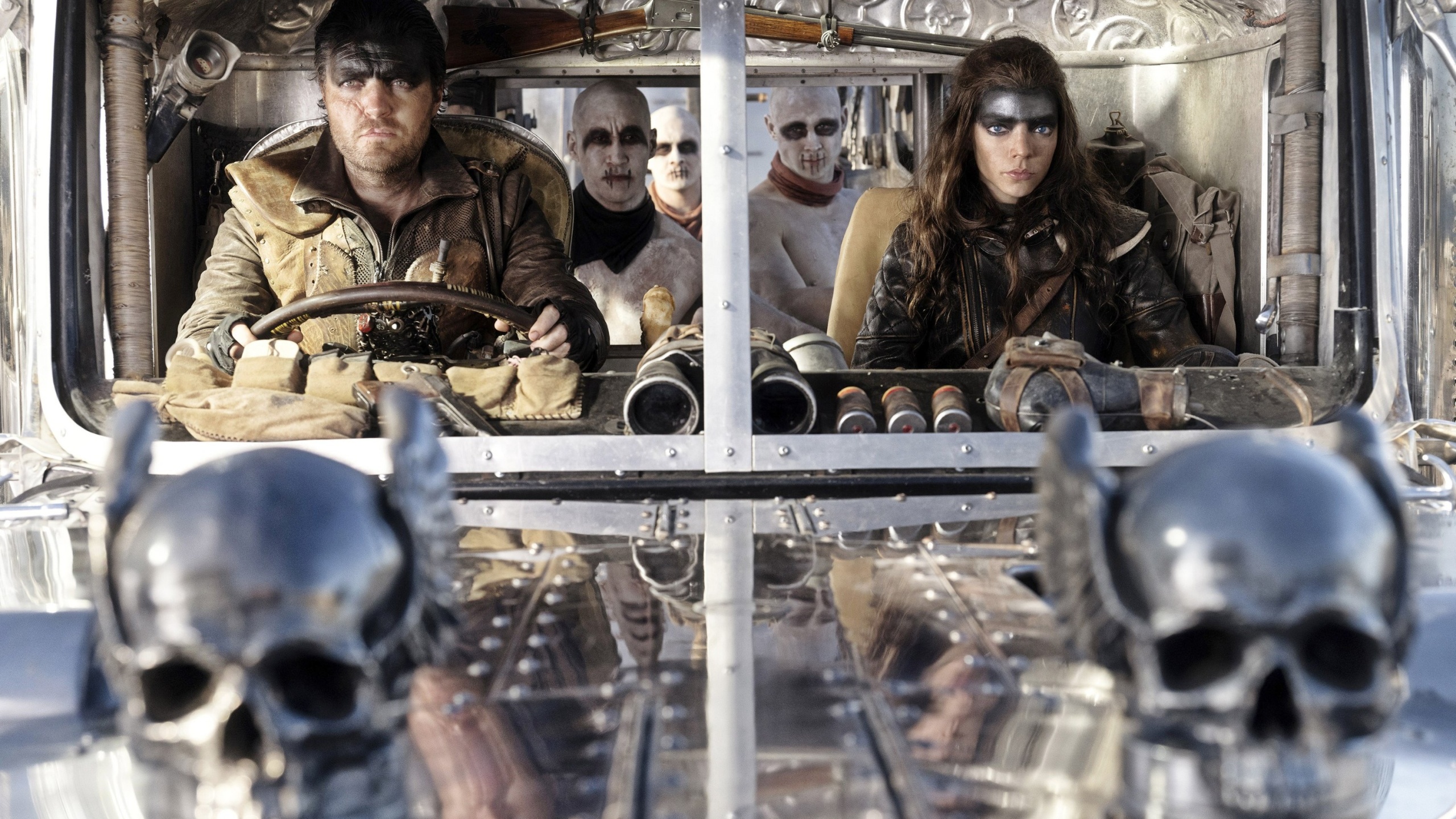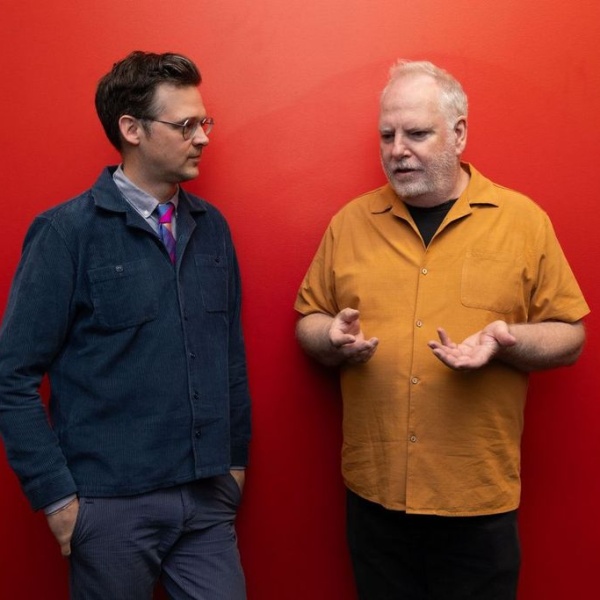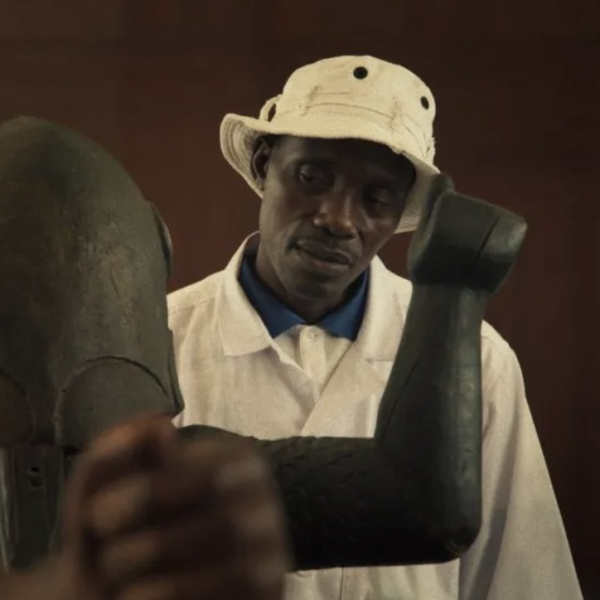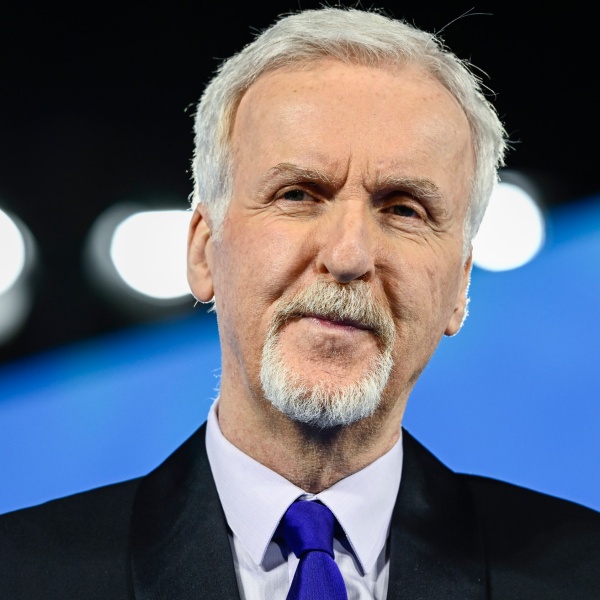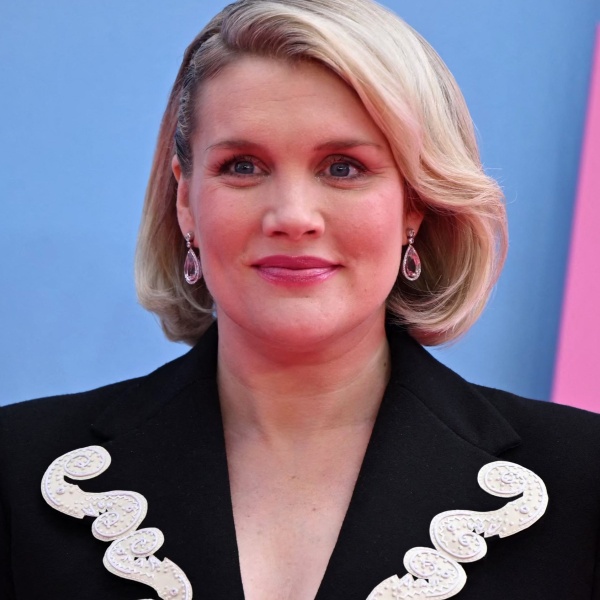Back in 2012, composer Tom Holkenborg had the opportunity to ask director George Miller a question. It was a question that a lot of us would ask ourselves three years later when “Mad Max: Fury Road” hit theaters with Holkenborg’s relentless rock-opera soundtrack pumping adrenaline into the journey of Max (Tom Hardy), Imperator Furiosa (Charlize Theron), and the wives of Immortan Joe (Hugh Keays-Byrne) across the wasteland.
“Hey, George,” Holkenborg asked, “So what’s the deal with Immortan Joe?”
Miller does have an answer to that, but Holkenborg told indieWire that it’s an answer that spans 50 years of life in the Wasteland — starting from Joe’s birth through the events of “Furiosa,” the latest entry in the “Mad Max” films and the prequel that directly hands off to “Fury Road.” Both movies only offer up a sliver of that information about the wider world of the Australian wastes.
Accordingly, Holkenborg’s music for “Furiosa” accordingly takes Miller’s lore into account, making instrumental and compositional choices that suggest age and tragedy, stretching out even farther in scope than the tattoos on the History Man’s (George Shevtsov) skin. Where Holkenborg uses instruments without distortion in this prequel, they’re duduks and didgeridoos, ancient and earthy in character. The pumping heartbeat of the score comes from a Buchla 200e modular synthesizer from the ‘60s, also a little primeval compared to the synths that have come after it.
There are all kinds of electronic riffs and soaring strings and blaring horns from “Fury Road” that Holkenborg doesn’t allow himself to use in “Furiosa,” which he characterizes as more primal and much more tied into Furiosa’s mental torment as she tries to survive long enough to get revenge on biker warlord Dementus (Chris Hemsworth). “This movie is from a first-person perspective, so, everything in the storytelling, the acting, the music is through her eyes, how she experiences the world,” Holkenborg told IndieWire. “[Miller] wanted a score that was felt, rather than heard.”
To create music that doesn’t feel like a film score, Holkenborg needed to embed himself in the filmmaking process even earlier for “Furiosa” and become not just the composer but also a member of the sound team.

Human voices, sound effects, music, and silence are the four audio tools that eventually come together to form a complete film’s soundtrack. Normally, sound designers, sound editors, ADR supervisors, and composers sculpt specific pieces of dialogue, effects, and music in isolation, and then eventually, a re-recording mixer will put the pieces together and balance them into the soundtrack we hear.
But sound and music are as welded together in “Furiosa” as the Cult of the V8 wish man and machine would be. Holkenborg, rather unconventionally, didn’t just write the score but worked as a re-recording mixer alongside sound designer and re-recording mixer Robert Mackenzie.
There is a total unity between the cars and bikes we see, the characters of “Furiosa,” and how they grow or shrink in power, and the sounds and music we hear that represent both; but getting there required a sound mix that eked every drop of storytelling out of the gas can of sounds the team had at their disposal. “It took close to 14 years to make ‘Fury Road.’ It took close to eight years to make ‘Furiosa,’ and that’s how we operate. It’s very, very detailed and [we’re always] massaging and massaging and massaging,” Holkenborg said.
Holkenborg recalled one tiny sequence early on in the film of the young Furiosa (Alyla Browne) waking up on the back of a bike after one of Dementus’ raiders has kidnapped her, which doesn’t last more than 30 seconds. There are spikes of distorted sound leading into the scene, then a fair amount of distortion on Furiosa’s breathing, blending in a way that’s almost impossible to separate from the hum of the bike. Then, both the sound and the image become clear, and we’re able to tell them apart as Furiosa understands where she is. “The sound design is really trippy as she’s coming back to being awake. We spent almost a full day mixing just those 25 seconds to get the detailing right,” Holkenborg said.

The hand-offs between sound and music are indistinguishably precise in no small part because Holkenborg’s core goals for the “Furiosa” score were so rhythmic and internal and tied to its protagonist’s point-of-view.
“The whole movie is scored from Furiosa’s perspective. So when we see Dementus killing her mom [Charlee Fraser], we need to hear a sound of the utmost darkness, grittiness, the deep, the deep caves of hell,” Holkenborg said. He and Miller shorthanded that inchoate roar of grief as “the darkest of gods,” a cue that would only be music in the most technical sense of the term.
If huge sonic distortions are the screaming in Furiosa’s head, the score reflects the pumping of her heart. “We needed a heartbeat — and in that respect, to be able to be one of the re-recording mixers and really tweak that sound so it’s felt in the stomach rather than, like, ‘Oh I hear music is coming in,’ was so important,” Holkenborg said. “‘Why am I feeling so uncomfortable?’ It’s because something is throbbing.”
Just like with “Fury Road,” a lot of Holkenborg’s work involved making music out of repurposed, make-shift sources: a lot of pounding, roaring metal like the pistons in the engine of a legendary war rig. But Holkenborg makes sure the score really earns both the handful of moments where it’s more emotional and the pulsing beats underneath the most fun action sequences.

“One of the most important things in this was to use silence. One of the most powerful tools, if not the most powerful tool, that a composer has is not to make music,” Holkenborg said. The stretches without a score or the stretches where the score works more like sound effects make the moments of musical catharsis that much more earned; they set up Furiosa to become the hero who survives the bad-ass rock opera that’s in her future.
“The music starts way slower. It starts almost elemental, as Furiosa gets stronger, as she’s determined to get back to The Green Place, as she becomes a warrior of the Wasteland in training, in that insane action sequence when she’s underneath the truck,” Holkenborg said. “She gets stronger and stronger, and at the same, she becomes this really dark character, and the music constantly needed to reflect that.”
Working with the sound team to precisely refine that musical and sonic arc, Holkenborg ensured that we truly witness Furiosa in all her glory.
